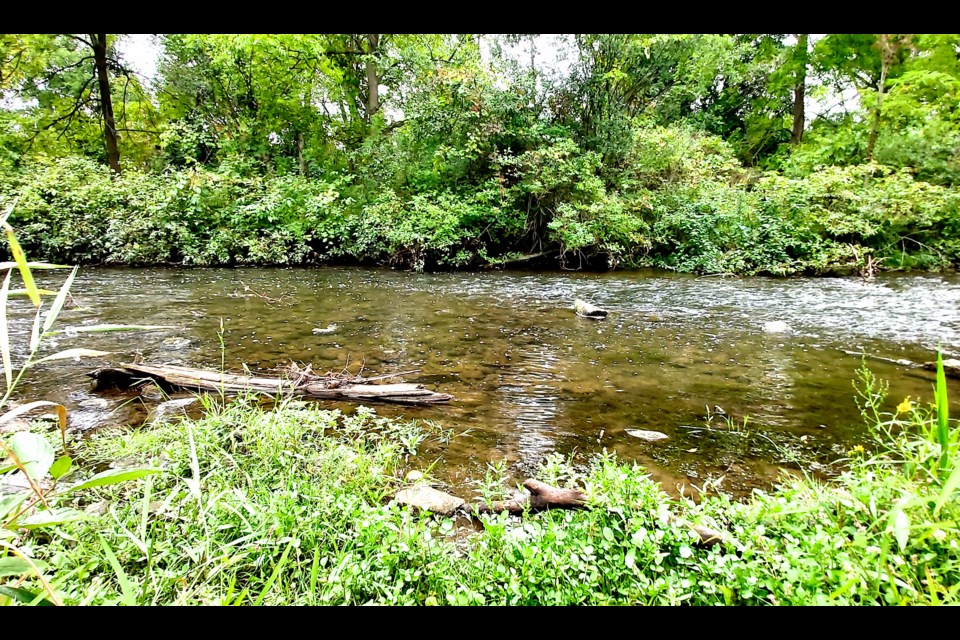Pedestrians and cyclists may soon have a new option for crossing the Speed River.
Plans for a vehicle-free bridge connecting Emma and Earl streets - first approved in 2015 - moved closer to fruition Tuesday.
City council, meeting as the committee of the whole, unanimously endorsed an environmental assessment (EA). Pending ratification from council later this month, today’s decision opens the door for detailed design work to begin.
Construction is slated for 2023.
“This is a vital connection,” said Mike Darmon, vice-president of the Guelph Coalition for Active Transportation, in addressing the committee ahead of its vote. “I believe the Emma to Earl bridge will be another jewel in our trails system, second only to our covered bridge.”
Several other people spoke in favour of the project, including representatives of the Speed River Cycling Club.
“The benefits from a physical and mental health perspective are obvious. Do not ignore the economic benefits of ultimately creating a city that highlights its two rivers,” said club board member Dr. Meg Thorburn.
The 90-metre long structure, situated about 200-metres downstream of Speedvale Avenue, will connect downtown with the northeast area of the city.
The plan calls for two spans - one 60 metres long and the other 30 metres - with a support tier placed where there’s an existing utility pole and footing. The alignment runs through a hydro corridor and power lines currently strung over the river will be incorporated into the bridge’s design.
Council will still have to approve funding for the $1.9 million initiative during budget discussions for construction to go ahead.
An official plan amendment is also needed to list essential transportation infrastructure as a permitted use in that location. An amendment is expected to be presented to council in mid-2021.
With the EA complete, it will now be posted for a mandatory 30-day public review period.
During public information centres held for the project in 2016 and 2017, about half of attendees indicated they’re not supportive of a pedestrian bridge connecting Emma and Earl streets. They raised concerns regarding the cost, a potential for increased crime, environmental impact and more.
Many of those concerns remain today, or have even grown in the face of the current pandemic and its financial impacts.
“We should not be spending any unnecessary funds,” offered Dufferin Street resident Susan Boyle. “There are many people in our community who are struggling.”
Some of concerns will be addressed during the design process, explained Ken Vanderwal, the city’s manager of technical services. In addition, Leah Lefler, city environmental planner, noted no long-term impacts to wildlife are anticipated because the bridge follows the hydro corridor, and in fact the project provides an opportunity to remediate some historical fill in the river.
The pedestrian bridge project came into being after council-of-the-day opted not to include cycling lanes as part road improvements along Speedvale Avenue between Manhattan Court and Woolwich Street, including bridge replacement over the Speed River. That would have required “significant property” to be expropriated from private landowners, said Vanderwal.
Need for the Emma Street to Earl Street pedestrian bridge was first identified in the 2005 Guelph Trail Master Plan.
